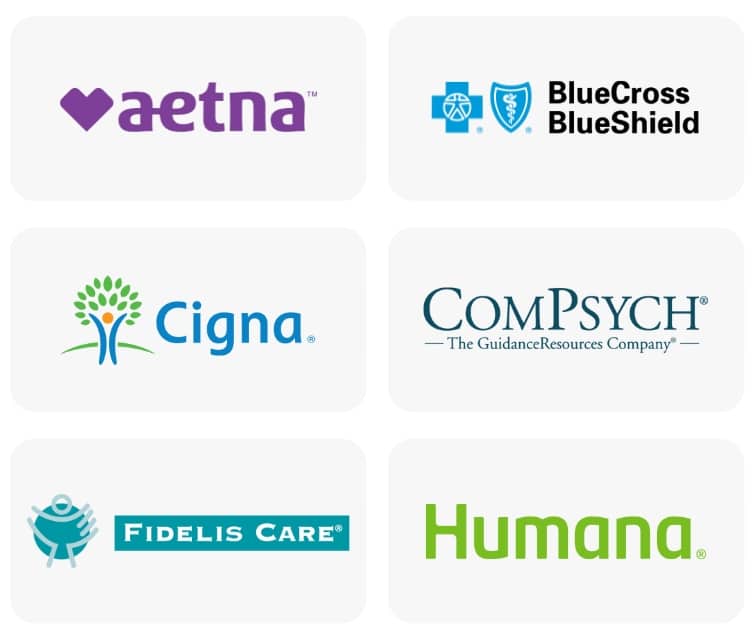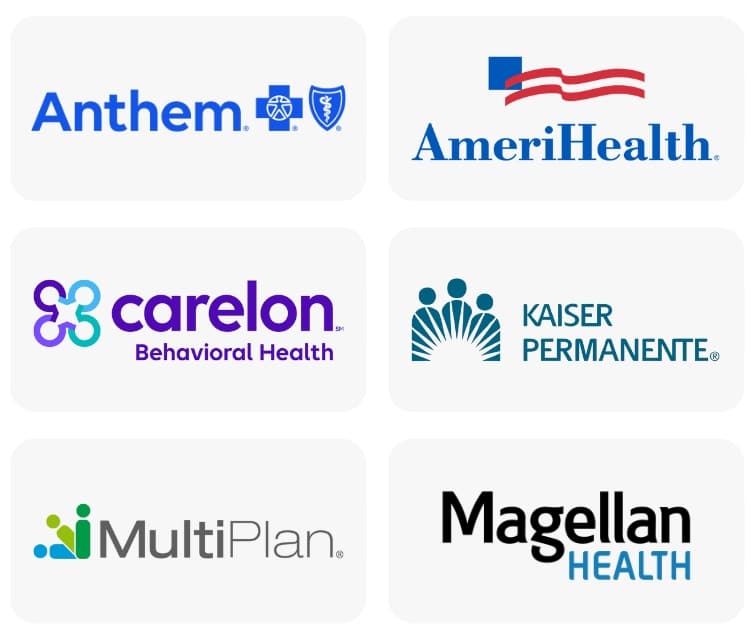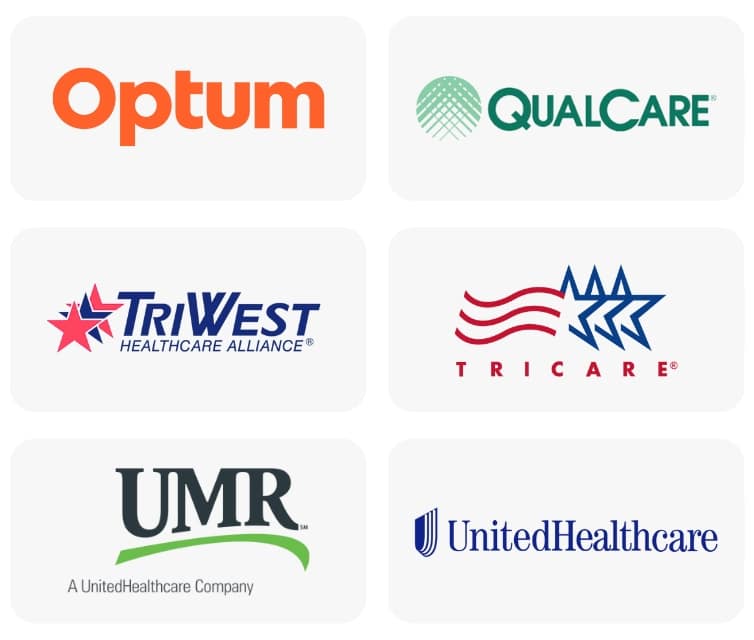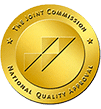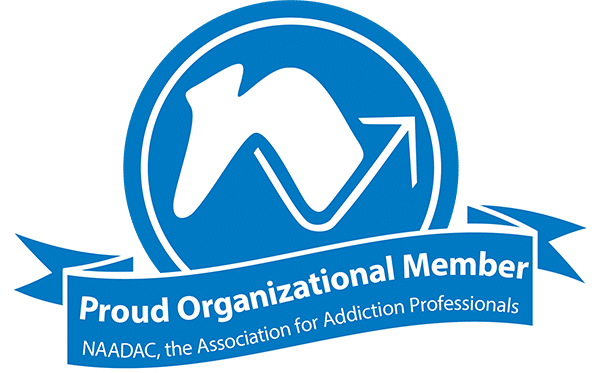Denver got its nickname “The Mile-High City” because its official elevation is 5,280 feet, exactly one mile above sea level. But it is also known nationally as a drug-and-alcohol-friendly city. Some might say the nickname has two meanings.

Colorado Drug Epidemic
Colorado has long been known for the production and consumption of more common drugs. The state has a long-established and significant brewing industry. Additionally, it was one of the first states to legalize the recreational use of marijuana since the states first started banning the drug in the 1910s. Colorado is now the home to a thriving pot industry.
Colorado is currently facing an epidemic of opioid use disorders and overdoses. The Colorado Department of Public Health & Environment has estimated that 224,000 Coloradans misuse prescription drugs every year. The rate of drug overdoses surpasses the national rate with opioid overdoses contributing to a large proportion of overdose deaths.
A national survey reported that the highest accumulation of substance abuse was in the Denver-Aurora-Bloomfield metro area. This area includes the counties of Adams, Arapahoe, Broomfield, Clear Creek, Denver, Douglas, Jefferson, and Park. Nonmedical use of prescription pain relievers in this area is about 25% higher than the rest of the state.
Opioid overdoses that ended in death increased in the state by three times from 2000 to 2015. This includes heroin and opioid painkiller deaths. Experts are hoping the opioid epidemic will not be as extensive and long-lasting as the methamphetamine situation, which declined in the late 2000s but a new meth epidemic has resurged in the rural counties.
Drug Distribution Center for the West
The Front Range counties are the main drug market areas in Colorado, with Denver being a major distribution center in the region for a variety of illicit drugs including methamphetamine, heroin, cocaine, MDMA, and marijuana. Wholesalers in Denver supply retailers in essentially every city in Colorado, in addition to other states.
Big Business
The four illicit drugs that drive the drug epidemic are:
- Methamphetamine—The abuse of meth is increasing in Colorado. The Alcohol and Drug Abuse Division of the Colorado Department of Human Services reported that, since 1999, emergency treatment admissions for meth have increased each year but admissions for cocaine, heroin, and marijuana have declined.
- Heroin—Heroin is easily available in the metro and suburban areas. Most of the new heroin users are young adults who smoke or snort the drug, mistakenly believing that it is safer than injecting it.
- Cocaine—The powdered form of cocaine is available throughout the state and crack cocaine is found mainly in the urban population centers. It is the drug most associated with violence in the state.
- Club Drugs—There is increasing accessibility and abuse of MDMA, also known as ecstasy, among young adults and teenagers. LSD is also presenting a growing threat in Colorado. Typical LSD users are 14- to 21-year-old males who use it with an additional substance, chiefly MDMA.
Information released by the Denver Public Health Department revealed that 27% of Denver adults are binge drinkers. Binge drinking is defined as five or more drinks for men and four or more drinks for women over the course of two hours, qualifies as binge drinking according to the Centers for Disease Control.
There are five alcohol-related deaths every day in Colorado. Binge drinking is correlated with a variety of health problems including chronic diseases such as depression, high blood pressure, stroke, cirrhosis, and cancer, falls, violence, and car accidents.
Approximately 30,000 people went to the Denver Health emergency room for a substance-related problem. The main cause was alcohol abuse. Thirty-eight percent of motor-vehicle deaths in Denver involved alcohol. This percentage is high when compared to other urban areas, according to national transportation statistics. Among the states, Colorado ranks 45th in alcohol-related deaths. Alcohol fatalities in Colorado rose 57% between 2005 and 2017. That is 20% higher than the national rate.
Hospital treatment admissions were highest for those abusing alcohol, according to the state’s Substance Abuse Trend and Response Task Force. More than half were for alcohol and the next highest was for marijuana–two legal drugs.
Factors that support the high rate of alcohol misuse are the local culture of alcohol use and the low taxes on alcohol in the area. Increasing prices of alcohol through raising taxes is one method for curbing excessive use that has been considered. At this time, Colorado ranks 39th in taxes on wine, 46th in taxes on beer, and 47th in taxes on spirits.
Finding Treatment Designed for You in Denver, Colorado
It is likely that you, or someone close to you, are struggling right now with one or more substance use disorders (SUDs). After all, you’ve just read, you might be wondering if a SUD can be successfully treated. It can be treated but it will take commitment. Because it is a chronic disease, that alters the brain, you can’t just stop for a few days and call it a cure. For most people, treatment will begin with detoxification followed by a treatment program that includes therapy.
It is a fact that no single treatment program is suitable for everyone. You need to find the right type of program, that will be workable for you. Initially, you will need a professional assessment from your doctor or another addiction specialist to help determine which type of program would be best for you. Considerations might be:
- Medically assisted detox— If you have discovered that you need to use drugs or alcohol to feel normal and your tolerance has been increasing, then you will require a detoxification period. Withdrawal symptoms from certain substances can be extremely emotionally and physically painful and often cause people to use again just to avoid withdrawal. Some symptoms are comparatively mild but can lead to psychosis and depression, which can put you at risk for suicide.
- If you have a severe mental or medical issue along with a substance use disorder, inpatient treatment may be best for you. You will live at a medical center or hospital. This is not common, but beneficial if you are having serious, multiple issues.
- If you are wrestling with a serious addiction problem and have struggled to stay sober previously, then a residential program may be right for you. Or if you have been through an outpatient program and subsequently relapsed, you will need the controlled and structured environment of a residential treatment program.
- If it’s not practical for you to live away from home for treatment due to work or school commitments, then some type of outpatient treatment might be appropriate. As long as you haven’t been a long-term user, have a mild to moderate issue, and your medical and mental health is still good, a personalized outpatient program should work for you.
Self-Assessment: Am I Addicted?
"*" indicates required fields
Contact Form
Would you like help?
"*" indicates required fields
Mental Health Treatment in Denver, CO
Mental health is defined as a “state of well-being in which every individual realizes their own potential, can cope with the normal stresses of life, can work productively and fruitfully, and can make a contribution to their community.”—World Health Organization
Mental health disorders frequently co-occur with SUDs (approximately 45% of the time). The total adult population of Colorado is 4.3 million. It is estimated that the number of people with schizophrenia is 48,000 and 96,000 with severe bipolar disorder.
It is about a 5-month wait to see a psychiatrist in Denver. There are only about 15 psychiatrists per 100,000 people. That’s compared to 92 primary care physicians to every 100,000 people. The American Hospital Association says that Colorado has fewer psychiatric beds than most states.
Because of the inequity, a statewide advocacy organization, Mental Health Colorado, is committed to helping people get access to mental health and substance use treatment. In addition, Denver Health is an organization dedicated to providing therapy and programs to patients age 18 and older who are dealing with mental health issues in both an inpatient and outpatient setting.
It also is offering a variety of mental health programs, inpatient service, and resources for adolescents (8-17 years) with significant emotional and behavioral health issues. There is an outpatient program for children from ages 2-17 on a wide variety of behavioral and emotional disorders.
Policy Recommendations
Colorado confines more people with severe mental illness in jail than it hospitalizes. This is true for every state. Colorado criminal justice officials are countering this with new programs meant to divert people with severe mental illness problems away from the criminal justice system. The two most promising programs are:
- Mental health courts
- Crisis intervention training (CIT)
and,
- Stop eliminating public psychiatric beds
- Restore a sufficient number of beds to create access to inpatient care for qualifying people in crisis
- Use state’s involuntary civil commitment laws to provide more timely treatment to people in urgent need of treatment for symptoms of psychiatric distress and reduce the consequences of non-treatment to them, their families, and communities.
The Connection
Approximately half of individuals with serious mental disorders are also affected by substance use disorders. In addition, thirty-seven percent of alcohol abusers and 53% of drug abusers also have at least one co-occurring mental illness. Of all individuals diagnosed with a mental illness, 29% abuse either drugs or alcohol.
When you have a mental health disorder such as depression, anxiety, bipolar disorder, and an SUD, it is called a comorbid condition or dual diagnosis. Dealing with substance addiction is made even more difficult when there is also a mental disorder.
Substance and mental health issues have particular symptoms that may hinder your ability to function at work or school, maintain a stable home life, handle difficulties, and have relationships with others. And any comorbid conditions also affect each other which further complicates the problem. If a mental health problem goes untreated, the SUD gets worse. Likewise, when substance abuse increases, the mental health problem is likely to get worse too.
Available Treatment in Denver, Colorado
There is a treatment center, right there in Denver, that offers several treatment program options. Because every person is different, treatment plans must be designed to suit the individual needs of each patient.
Programs at Footprints to Recovery in Denver include:
- Detox—Most people need a medically assisted (MAT) detox program under the supervision of a medical professional to get through the symptoms of withdrawal. This could be considered a pre-treatment to rid your body of toxins. Alcohol and opioids which can lead to complications if not monitored. Withdrawal from cocaine and marijuana usually presents as emotional issues such as irritability and depression which can last for months. Some drugs take longer to detoxify and you may experience cravings for months. You may start treatment before you are technically completely through withdrawal.
- Partial Hospitalization Program (PHP)—Partial Hospitalization Program is for patients who need a structured program without needing 24-hour monitoring or medical assistance. It gives the patient the benefits of a residential treatment program along with the real-life advantages of an intensive outpatient program. This program is 5 days a week for 6 hours per day.
- Intensive Outpatient Program (IOP)—This level of treatment gives you the ability to carry on other parts of your life such as school or work while receiving a high level of care and applying what you learn in treatment to real-life situations. IOP is typically 3 to 5 days a week, for 3 hours per day, and 1 or 2 days a week.
- Outpatient Treatment (OP)—OP is a step-down level from IOP. It includes all the features of IOP but with a different frequency. The outpatient program allows you to maintain family, work or school commitments. It also benefits you by allowing you to continue treatment for an extended period. You will attend sessions for 3 hours, 1 or 2 days per week.
- Dual Diagnosis Treatment—Dual diagnosis treatment is immensely important if you are suffering from a substance use disorder an a comorbid medical or mental health issue. Both conditions need to be treated simultaneously. The substance disorder may not have caused the mental issue, but your addictive behavior will worsen any other problems. Conversely, a mental disorder is likely to worsen addictive behaviors.
- Holistic and Alternative Treatments—Your personal counselor may recommend alternative therapies such as meditation and mindfulness, acupuncture or neurofeedback therapy. It depends on what would be best for your recovery.
- Individual Therapy—Individual therapy allows you to talk one-on-one with your therapist. You will discuss the ways your behaviors have influenced the negative outcomes in your life and vice versa. This helps you take a realistic look at the choices you make.
- Group Therapy—In a group therapy session, you will be held accountable for your decisions regarding your behavior by the other members of the group, as well as the therapist. This promotes discussions of coping skills and relapse prevention and shows you that you are not alone on this journey.
- Family Therapy—People with substance use disorders have usually left some hard feelings and broken relationships in their wake. Having a loved one who has an SUD is painful families too. Through family therapy, hurt feelings and injured relationships can be mended on both sides. Family members also learn about substance dependence and what they can do to stop enabling the loved one.
- Cognitive Behavioral Therapy (CBT)—CBT is a short-term, goal-oriented treatment. probes the conflicts between what we want to do and what we actually do. Addiction is an example of this type of behavior. It places the focus on your behavior and thought patterns (cognition).
- Dialectical Behavior Therapy (DBT)—DBT is similar to CBT but with an emphasis on emotional and social aspects. It helps you cope with extreme or unstable emotions and harmful behavior.
- Motivational Interviewing—This method helps you find the internal motivation you need to change your behavior. Your counselor will use interview techniques to help bring your feelings, insecurities, and opinions about your behavior to the surface.
- Other therapies—Every person needs a treatment plan tailored to his specific challenges, so Footprints offers several other therapies that may be recommended as needed by your counselor. Other therapies offered include:
- Yoga Therapy
- 12-Step Programs
- Acceptance and Commitment Therapy
- Nutrition and Wellness Counseling
You CAN Achieve Life-Long Sobriety in Denver, CO
Footprints to Recovery in Denver has programs that can help you make the transition into independent living and continuing sobriety. These programs are a huge help to you for preventing relapse.
- Recovery Homes—Recovery housing is also sometimes referred to as Sober Living or Independent Living. It is a drug-free, structured environment for people in recovery. Its purpose is to help people establish valuable coping and relapse prevention skills in a real-world setting.
- Alumni Community—Our Alumni Community provides an opportunity for alumni, friends, and family to gather to support each other and promote community service. Studies have shown that people who involve themselves in after treatment are more successful at staying abstinent.
Recovery Meetings in Denver, Colorado
- Alcoholics Anonymous—Twelve-step groups have proved to be an effective way to maintain sobriety and should be part of your continual care. Recovering alcoholics learn new ways to deal with the triggers to relapse and are held accountable by the group for their behavior. There are meetings held throughout the Denver area from 5:30 a.m. to 10:00 p.m. This includes online meetings. To find a meeting near you go to www.daccaa.org/meetings or call (303) 322-4440.
- Narcotics Anonymous—NA has the same benefits as AA but primarily for individuals who have been dependent on narcotics. The Denver area is part of the Mile High Area of NA and serves Denver, the greater Denver metro area, Summit County and Steamboat Springs. Meetings run from 9:30 a.m. to 10:30 p.m. depending on the day. You can find meetings at www.nacolorado.org/denver/#/ or call (303) 832-3784.
- SMART Recovery—It describes itself as “a global community of mutual support groups.” During the meetings, participants help each other with issues regarding any addiction including drugs, alcohol, gambling or over-eating. The goal is to find and develop the power inside yourself to change and lead a fulfilling and balanced life. Meetings are held in Denver on Mondays and Fridays from 6:00 to 7:00 p.m. Online meetings are held throughout the day and early mornings to accommodate meetings in the U.K. You can check on the meetings at smartrecovery.org.
Ways to Pay for Treatment at Footprints to Recovery in Denver
One of the main concerns for people who are seeking treatment, and one of the main reasons they don’t get it is the issue of how to pay for it. Footprints to Recovery has financial advisors who can help you make a plan to get you started on your way to recovery. So, take a breath and consider these options:
- Insurance—Footprints to Recovery accepts most major insurance coverage and will coordinate with your provider.
- Private Pay—Your insurance may only pay a portion of the cost or you would rather not use your insurance. In these cases, we accept private payments and offer flexible payment plans.
- Financing—Footprints to Recovery is affiliated with Prosper Healthcare who can offer special loan packages for treatment.
- State-Funded Rehab—To fight the epidemic of substance use in Colorado, the government has allocated $7.6 million in funding for non-profit addiction treatment facilities. There are 28 treatment centers in the Denver area offering mainly outpatient treatment.
- Medicaid—Medicaid is a government program that provides health insurance for low-income families and individuals, people with disabilities, the elderly, and pregnant women. Anyone who qualifies can be covered for substance abuse treatment. You can call to find rehab locations at (800) 304-2219.
Things To Know About Denver
In the summer of 1858, during the Pike’s Peak gold rush, a group of prospectors from Kansas established Montana City as a mining town on the banks of the South Platte River. This was the first settlement in what became the city of Denver. But by one year later, that name was abandoned in favor of Auraria and St. Charles City.
Land speculators from the eastern Kansas Territory staked a claim to the area on the existing townsite of St. Charles and across from the mining site of Auraria. They named the townsite Denver City to curry favor with Kansas Territorial Governor James Denver in hopes of being named county seat of Arapaho County. Unknown to them, Denver had already resigned from office. The name stayed and Gov. Denver visited his namesake city in 1875 and 1882.
Denver is dedicated to its diverse population. It has one of the largest populations of Mexican Americans a hosts four large Mexican American celebrations and is famous for its commitment to New Mexican cuisine and the chile. Denver is also known for other types of food including Rocky Mountain Oysters, rainbow trout, and the Denver sandwich.
The Dragon Boat Festival, the Moon Festival, and Chinese New Year are big annual events in Denver for the Chinese and Asian-American communities. The Denver area has 2 Chinese newspapers.
Denver has long been a tolerant and welcoming place for the LGBTQ community. Every June Denver hosts the annual Denver PrideFest in Civic Center Park, the largest LGBTQ festival in the Rocky Mountain Area.
All this and it’s average 300 sunny days each year, it’s no wonder Denver is repeatedly voted the best place to live in the country.
Substance Use and Mental Health in Colorado
Every year the Substance Abuse and Mental Health Services Administration survey Americans age 12 and older. Survey participants are asked about whether they use opioid painkillers for non-medical reasons, alcohol, marijuana or cocaine. Colorado is the only state that ranks as a top consumer of all four. Heavy consumption of alcohol and marijuana is not surprising because it is legal there.
There are thousands of people who are personally affected by drug and alcohol abuse in Colorado. Research has shown that 85% of the people over the age of 12 who had substance use issues did not go for treatment at a rehab or any other type of facility. Substance use disorders are higher in Colorado than the national average.
Mental Health America is a non-profit group and reported that Colorado ranked 43rd of all the states in the prevalence of mental health issues and access to treatment. Over 19% of all Coloradans are living with some type of mental illness—the third highest in the country.
Don’t Wait Any Longer
So, there you have it. But I’m sure you have more questions and our admissions specialists at Footprints to Recovery are waiting for your call. Consultations are free and completely confidential. Seriously, don’t wait any longer. You can contact us here.
- Behavioral & Mental Health Services | Denver Health
- Denver Area Central Committee of Alcoholics Anonymous
- NA | Mile High Area
- Services | Colorado Health Institute
- Overview – Colorado Drug Threat Assessment
- Drug Overdose Deaths in Colorado Increase
- Treatment For Opioids And Substance Use Disorders | Colorado General Assembly
- Must See Attractions In Denver | Visit Denver
- Uncover Colorado
Our admissions team is available 24/7 to listen to your story and help you get started with the next steps.
